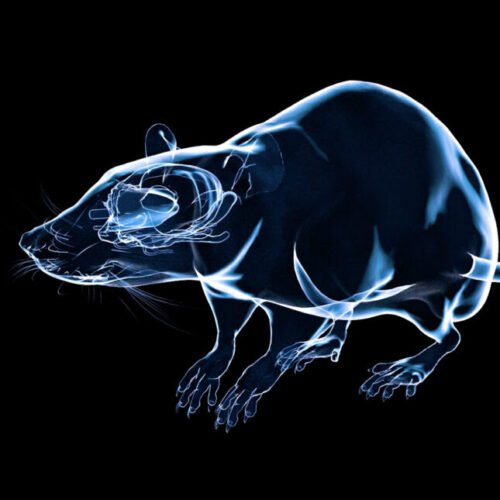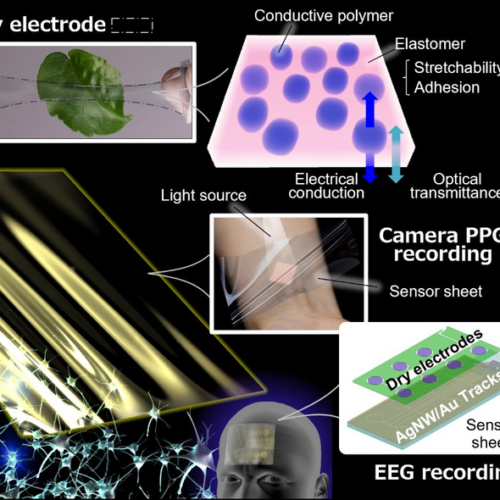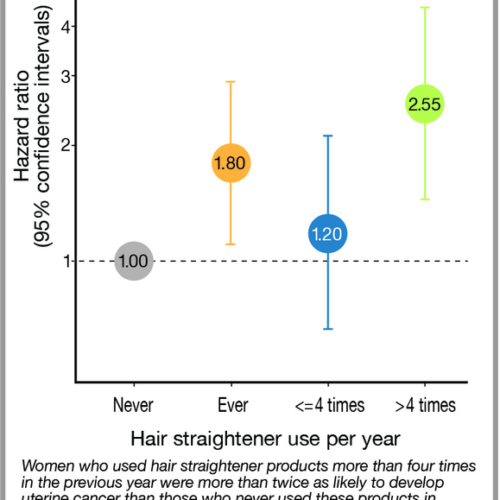By Brittany Trang Oct. 13, 2022 In the new study, scientists imaged brains of sedated mice as their whisker pads were stimulated. COURTESY JANG-YEON Research often proceeds in a logical progression, new studies building upon a detailed understanding of the underlying processes revealed by earlier work. But a new brain imaging technique that can directly...
Novel drug target for triple-negative breast cancer discovered
Reviewed by Emily Henderson, B.Sc. Oct 17 2022 Research led by Dr. Suresh Alahari, Professor of Biochemistry at LSU Health New Orleans’ Schools of Medicine and Graduate Studies, reports a combination of a novel small inhibitory molecule and an FDA-approved chemotherapy drug suppresses the growth of triple-negative breast cancer cells synergistically. The findings are published...
BIONIC PANCREAS DELIVERS THE RIGHT DOSE OF INSULIN ON ITS OWN
In the study in the New England Journal of Medicine, researchers found the wearable device was better at managing blood glucose levels than existing standard-of-care methods. Your pancreas is like a little digestive engine, working hard to keep your body fueled and running. Just six inches long, it’s responsible for turning lunch into the energy that...
An AI model reveals how the body’s defence system recognises skin cancer
Researchers from the University of Helsinki, HUS Comprehensive Cancer Center, Aalto University and Stanford University have developed an artificial intelligence model that predicts which skin cancer patients will benefit from a treatment that activates the immune defence system. In practice, the AI model makes it possible to diagnose skin cancer with a blood test, determine the prognosis...
Measuring brain activity on the go
OSAKA UNIVERSITY IMAGE: IMAGE OF DRY-TYPE BIOELECTRODE AND THIN-FILM SENSOR SHEET CREDIT: ATTRIBUTION 4.0 INTERNATIONAL (CC BY 4.0) Osaka, Japan – Brain activity has traditionally been assessed using large and often expensive technology that has limited its use to specific clinical settings. Small wearable devices that can assess brain activity are hoped to improve the...
Short telomeres impede germ cell specification by upregulating MAPK and TGFβ signaling
SCIENCE CHINA PRESS IMAGE: SHORT TELOMERE PROMOTES EXCESSIVE CHROMATIN ACCESSIBILITY LOCALLY, UPREGULATING TGFΒ AND MAPK SIGNALING. TGFΒ SIGNALING PATHWAY SUCH AS FST INHIBITS BMP4-PSMAD1/5/8 SIGNALING PATHWAY, INDUCES SOMATIC CELL LINEAGE AND SUPPRESSES GERM CELL SPECIFICATION. MAPK SIGNALING ALSO INDUCES SOMATIC CELL LINEAGE. UPREGULATION OF SOMATIC GENES AND DOWNREGULATION OF GERM CELL GENES IMPAIR PGC SPECIFICATION...
Immune marker suPAR high in patients with heart failure, predicts risk and death
MICHIGAN MEDICINE – UNIVERSITY OF MICHIGAN For years, cardiologists have zeroed in on a hormone called BNP as a gold standard to determine if patients with heart failure are at risk of severe illness or death. It’s released by the heart in response to when the cardiac tissue stretches due to pressure. While the B-type natriuretic peptide,...
Cancer patients treated with immunotherapy can safely receive mRNA COVID-19 vaccines, according to JNCCN study
NATIONAL COMPREHENSIVE CANCER NETWORK IMAGE: JNCCN COVER, OCTOBER 2022 CREDIT: NCCN PLYMOUTH MEETING, PA [October 17, 2022] — New research published in the October 2022 issue of JNCCN—Journal of the National Comprehensive Cancer Network confirms the safety of mRNA vaccines in people with cancer undergoing immunotherapy treatment. The researchers analyzed the frequency of side effects...
Hair straightening chemicals associated with higher uterine cancer risk
NIH/NATIONAL INSTITUTE OF ENVIRONMENTAL HEALTH SCIENCES IMAGE: WOMEN WHO USED HAIR STAIGHTENER PRODUCTS MORE THAN FOUR TIMES IN THE PREVIOUS YEAR WERE MORE THAN TWICE AS LIKELY TO DEVELOP UTERINE CANCER THAN THOSE WHO NEVER USED THESE PRODUCTS IN THE PAST YEAR. CREDIT: NIEHS Women who used chemical hair straightening products were at higher risk...
Gene signature points to prognosis in kidney cancer
KAROLINSKA INSTITUTET Among patients with kidney cancer, the activity of four specific genes in the cancer cells seems to be able to predict the risk of the tumour spreading and the patient’s chances of survival. This is shown by researchers from Karolinska Institutet in Sweden in a preclinical study published in Nature Communications. “This could potentially...





